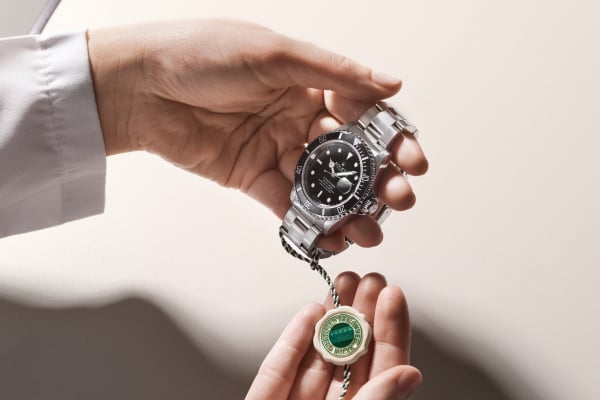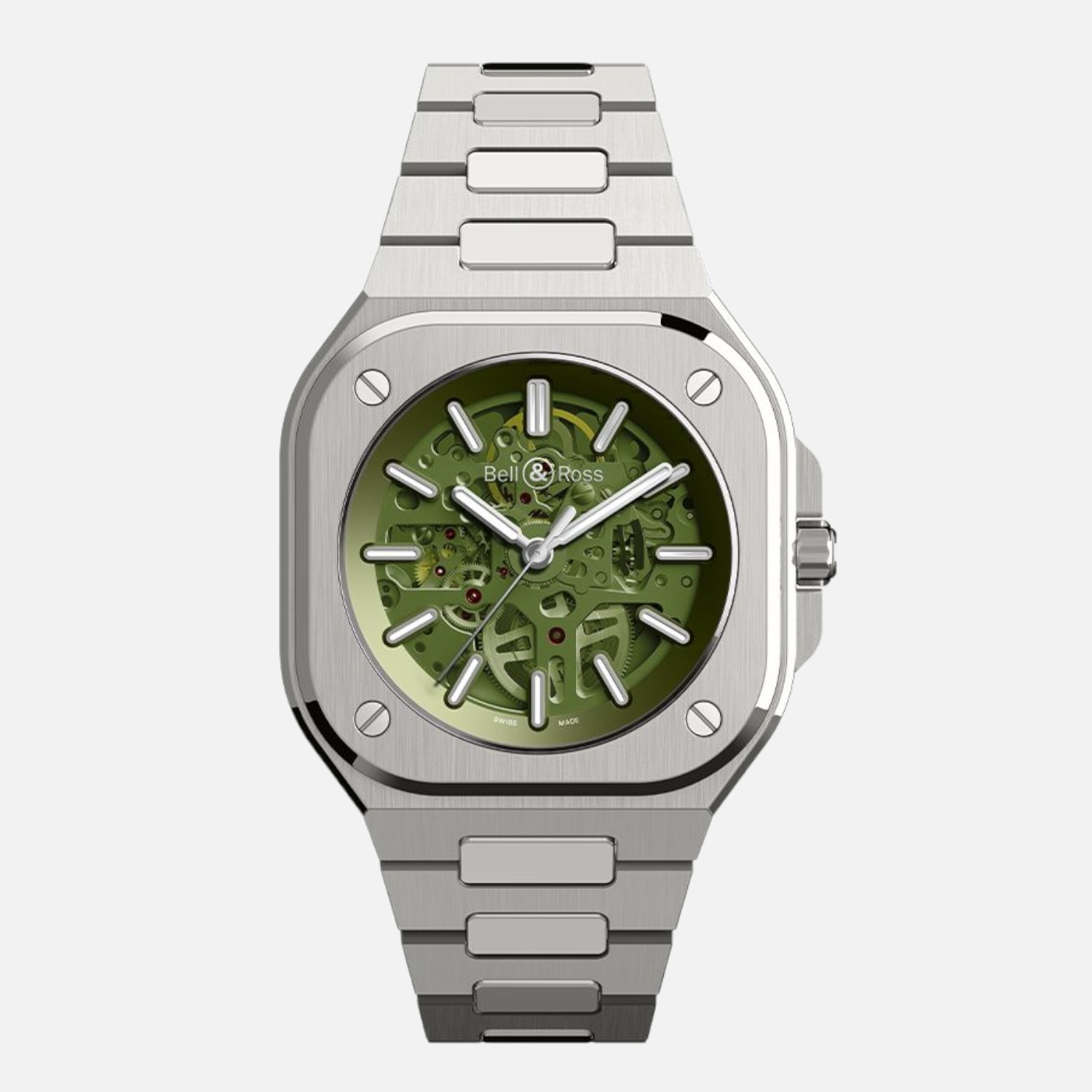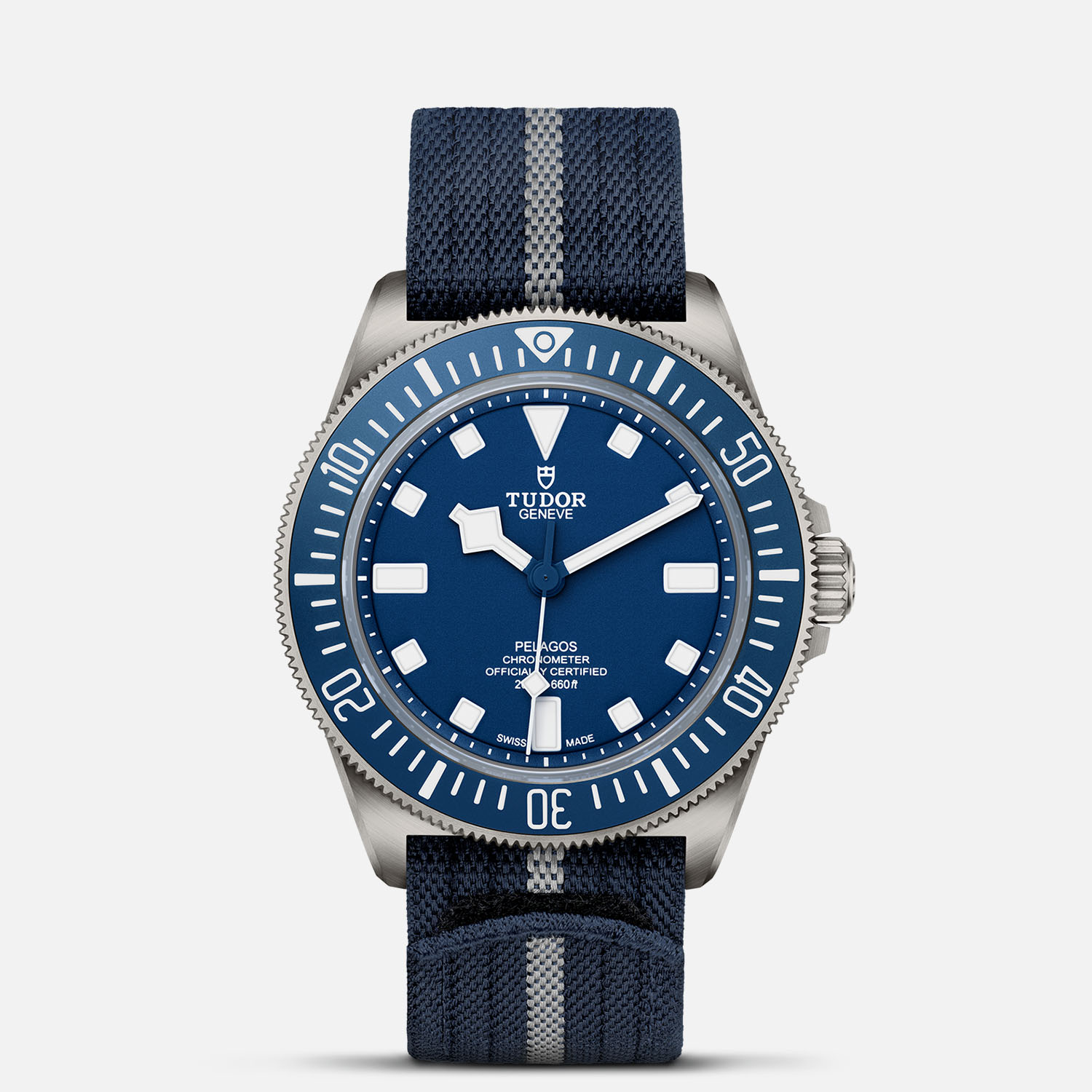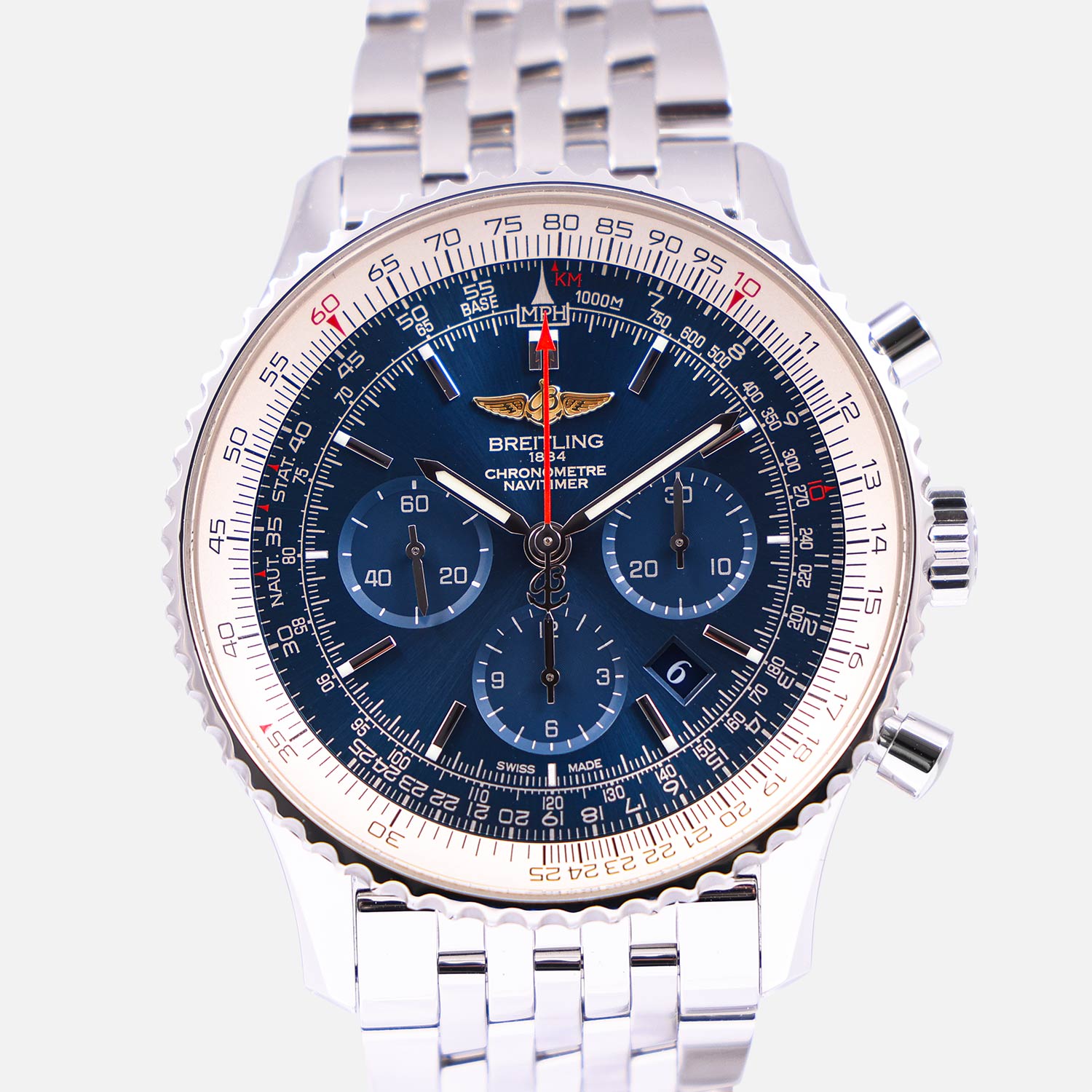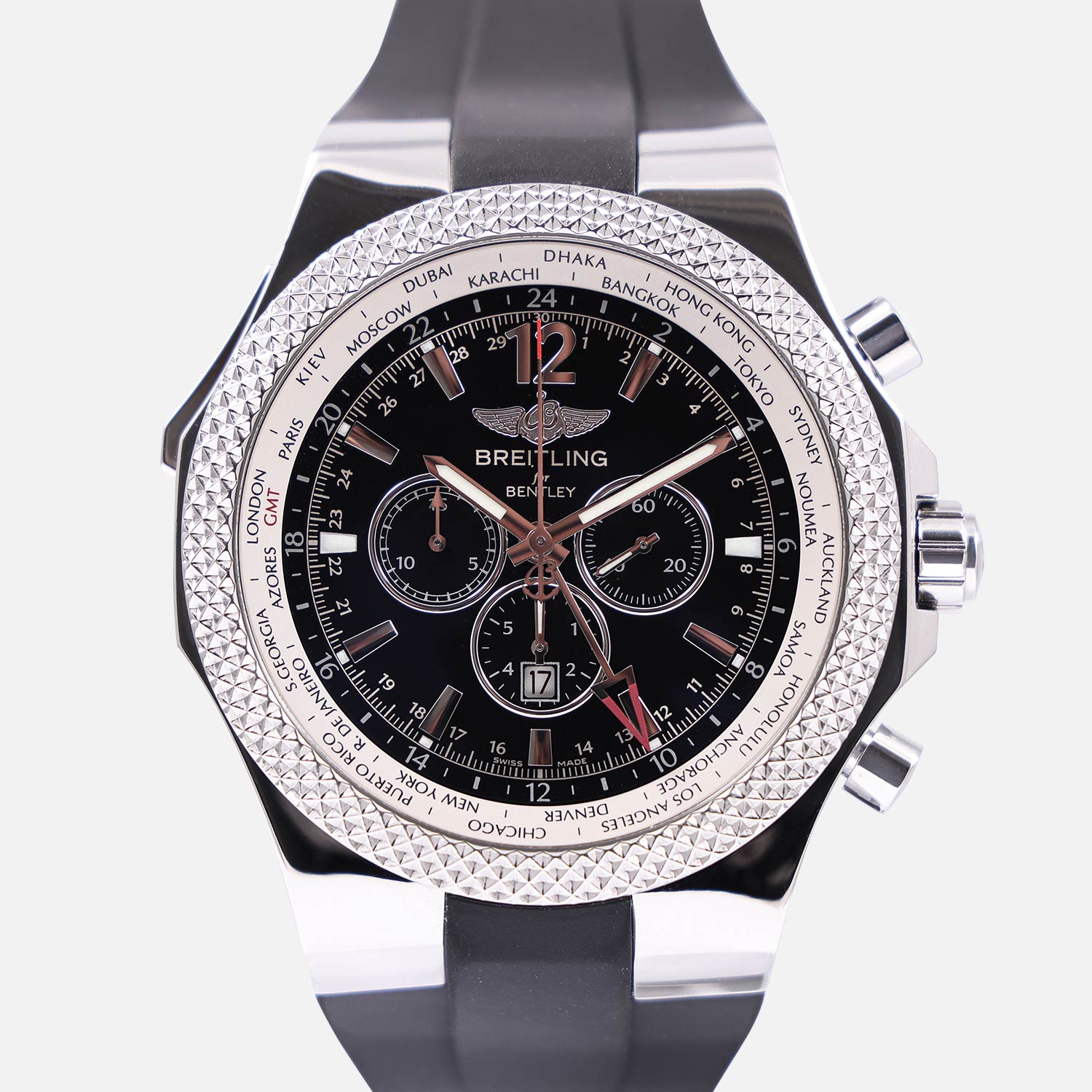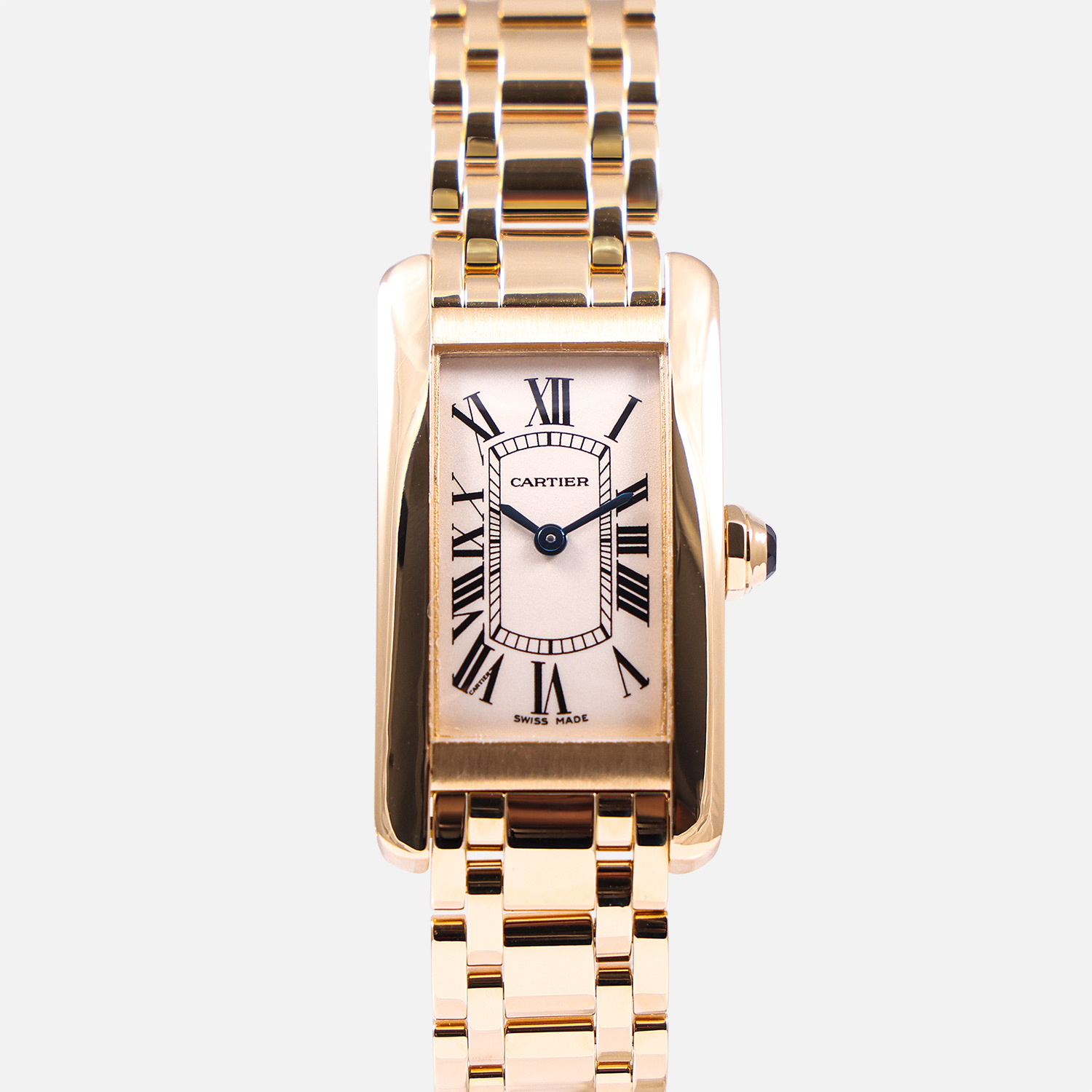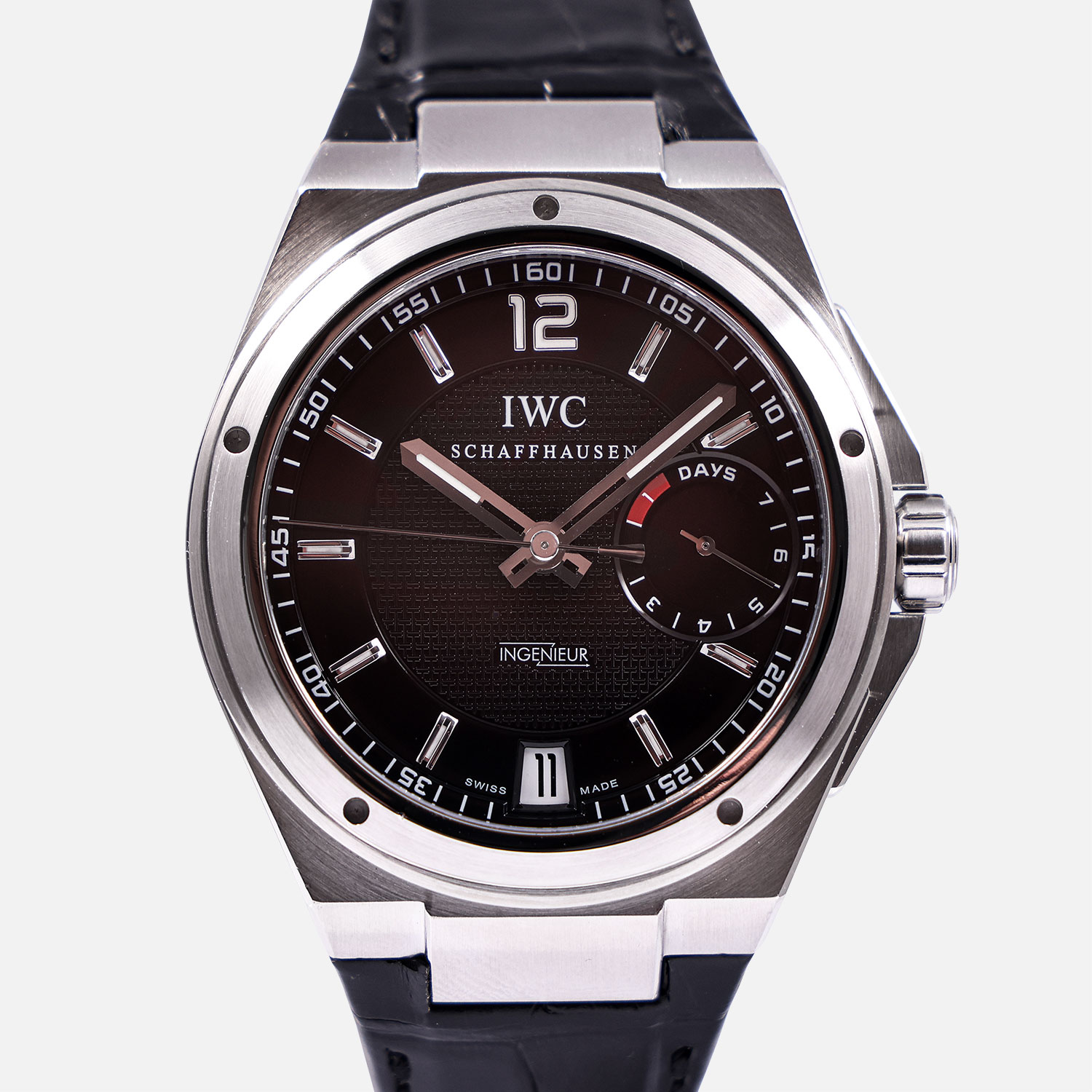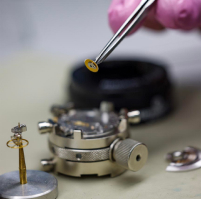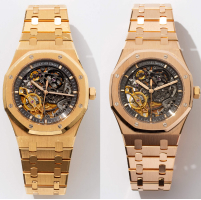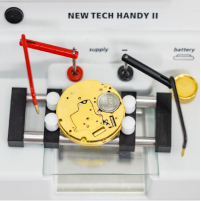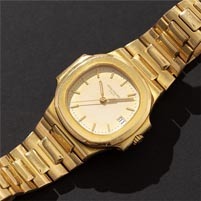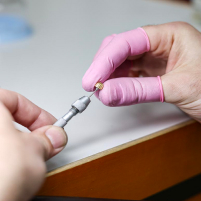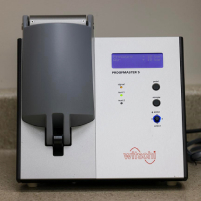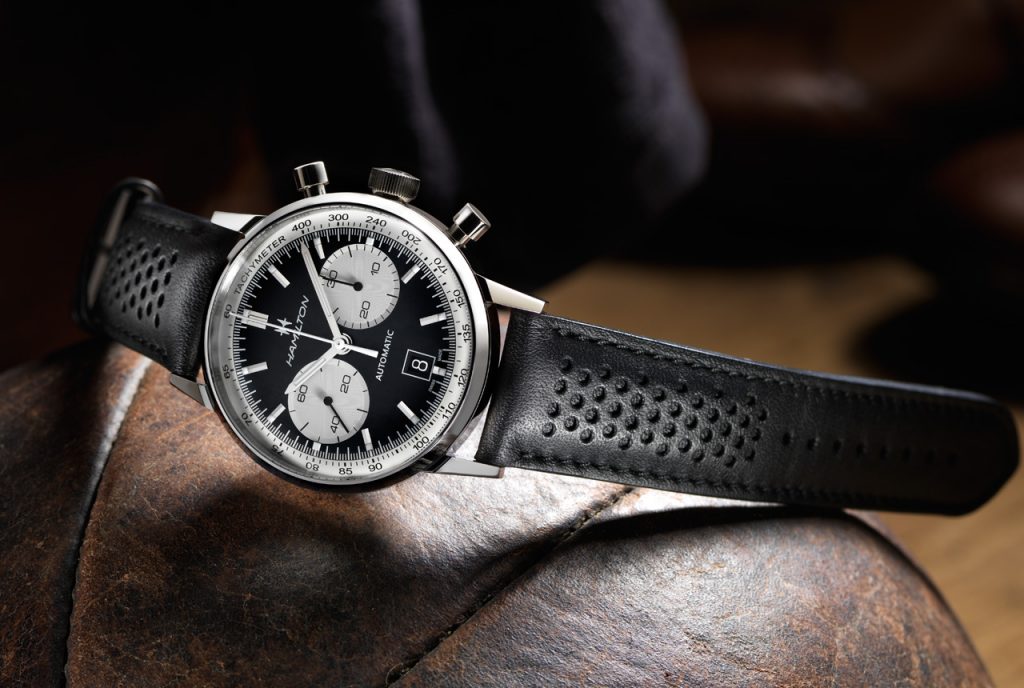Water-Resistance Testing Explained: Keeping Your Dive Watch Safe
October 3, 2025
Many luxury watches feature water resistance. It’s convenient for divers, swimmers, outdoor enthusiasts, or anyone concerned about getting their watch wet. It ensures your watch will keep going when exposed to various moisture levels.
Unfortunately, watches lose water resistance over time. Gaskets and seals can weaken and lose effectiveness, allowing moisture to get through. Water resistance testing determines whether the watch is still up to the task and identifies repair needs.
But what’s involved in water resistance testing, and how often should you get your waterproof watch tested? This article will explain everything you need to know.
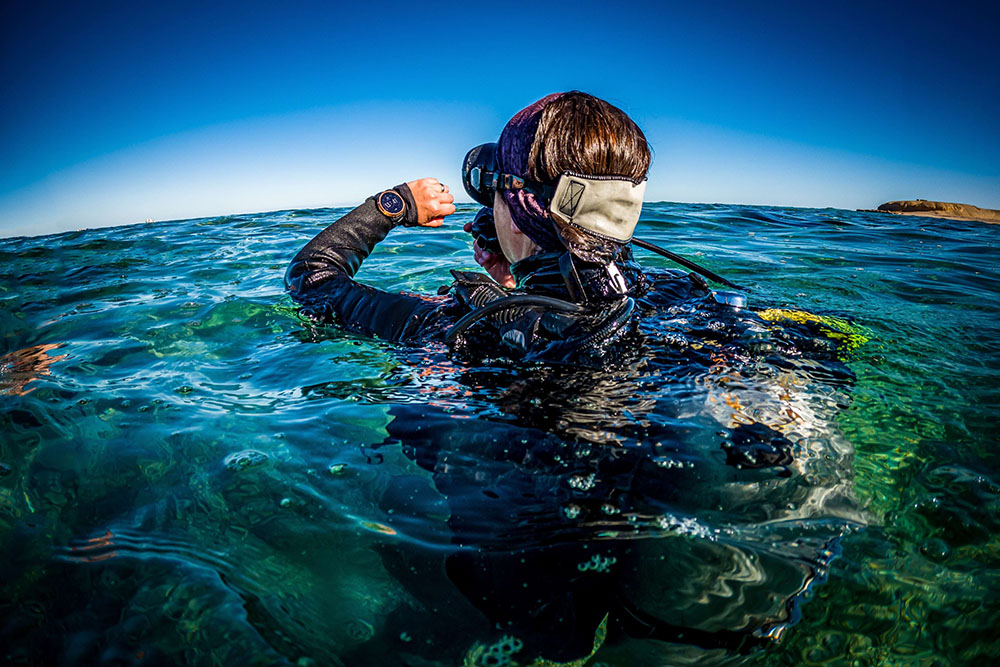
What is Water Resistance in Watches?
Water-resistant watches feature components that keep water out of the case, such as gaskets and O-rings. They form barriers against the crown and case back so moisture can’t get in. These watches are also typically made of corrosion-resistant titanium or steel.
The watches are placed in pressurized water tanks to determine how much pressure they can withstand and are assigned an ATM (atmospheres) rating. One ATM equals normal atmospheric pressure at sea level, so a 5 ATM dive watch is resistant to a 50-meter depth.
The following chart will examine various ATM ratings and the activities the watches can withstand.
|
ATM Rating |
Equivalent Depth |
Suitable Activities |
|
3 ATM |
30 meters |
Hand washing, rain |
|
5 ATM |
50 meters |
Swimming, showering |
|
10 ATM |
100 meters |
Snorkeling, recreational water sports |
|
20 ATM |
200 meters |
Scuba diving |
Why Do Watches Lose Their Water Resistance?
Unfortunately, water-resistant watches don’t stay water-resistant forever. Their gaskets and seals degrade over time due to the following factors:
- Aging: Rubber gaskets can become brittle over time.
- Chemical Exposure: Chemicals found in chlorine, saltwater, and soap can weaken the seals.
- Heat and Temperature: Exposure to rapid temperature changes, hot showers, and saunas can compromise the gaskets.
- Wear and Tear: Repeated exposure to the elements, impact, and abrasion can damage the seals.
Testing Your Water-Resistant Watch
Luxury watch owners should have their watches tested annually to maintain water resistance. The technician may offer a dry test or a wet test. Here’s what’s involved in both processes.
- Dry Test: Also known as an air test, this process involves placing the watch in a vacuum chamber to measure the amount of warping in the watch’s crystal or cover. Warping could indicate a damaged gasket.
- Wet Test: This involves placing the watch in a pressurized chamber filled with water and then depressurizing the chamber while the watch is still submerged. The technician will look for air bubbles that signify leaks.
- Condensation Test: A condensation test often follows a wet test. The watch is heated, then a cold drop of water or ice is placed on the crystal. If water enters the watch during the wet test, condensation will appear under the crystal.
While both tests are effective, a wet test is recommended as it will specify the pressure level a watch can withstand. However, a dry test, which simply looks for leaks, ensures your watch won’t be exposed to water damage during testing.
How to Maintain Your Water-Resistant Watch
Luxury watch owners should also go that extra mile to ensure their watches retain water resistance between tests and avoid costly repairs. Recommended maintenance tips include the following:
- Avoid Hot Water: Hot water can compromise the seals and allow moisture to enter the case.
- Don’t Operate the Watch Underwater: Refrain from pressing the buttons or pulling out the crown or stem while underwater, as this can produce pathways for water to get in.
- Respect the Rating: Understand your watch’s rating and avoid exposing it to depths that exceed what it can withstand.
- Rinse After Contact with Water: Rinse your watch with fresh water after it’s exposed to chlorine or saltwater to prevent corrosion and seal degradation. Then use a soft cloth to wipe it dry.
- Store in a Dry Place: Store your watch in a dry environment when it’s not worn.
- Act immediately if Your Watch Gets Wet: If you notice fog or moisture under the crystal, remove the watch right away and take it to a professional. For a minor leak, you can place it on a lamp to warm it up or in a bag with silica packets to absorb the moisture. However, professional service is still recommended.
Why You Should Take Your Watch to an Authorized Dealer for Water Resistance Testing
Various technicians offer water resistance testing, but it is vital to take your watch to an authorized dealer for this process. Here’s why:
- Expertise: An authorized dealer will deeply understand your watch’s internal functions, minimizing potential damage, identifying possible issues, and ensuring a successful outcome.
- Value Retention: If parts require replacement, an authorized dealer will use authentic parts that retain the watch’s value.
- Upholds the Warranty: Service from anyone but an authorized dealer can void your watch’s warranty.
Precision Watches is an Authorized Dealer You Can Trust
Precision Watches is an authorized Swiss watch retailer with expert watch repair experience, in business since 1946. We handle all aspects of watch repair, including water pressure testing, battery replacement, movement overhaul, and polishing. Our team also offers a wide selection of new and pre-owned watches featuring the latest styles.
Visit us online or come into our Lower Gwynedd, PA, location to learn more about what we offer.
FAQs
How does water resistance work on watches?
Water-resistant watches feature seals on the crown, case back, and crystal, creating watertight barriers against water pressure. Screw-down crowns and case backs reinforce seals, and watches are constructed to withstand pressure.
What is good water resistance for a watch?
Most watches feature 30 ATM water resistance, ensuring they can withstand rain and occasional splashes. However, if you want to wear your watch while swimming or diving, look for one with a higher ATM.
Can you swim with a 100-meter water-resistant watch?
Yes, watches with this rating can be worn while swimming, snorkeling, and engaging in other light water sports. However, deep diving and high-impact activities are not recommended.



